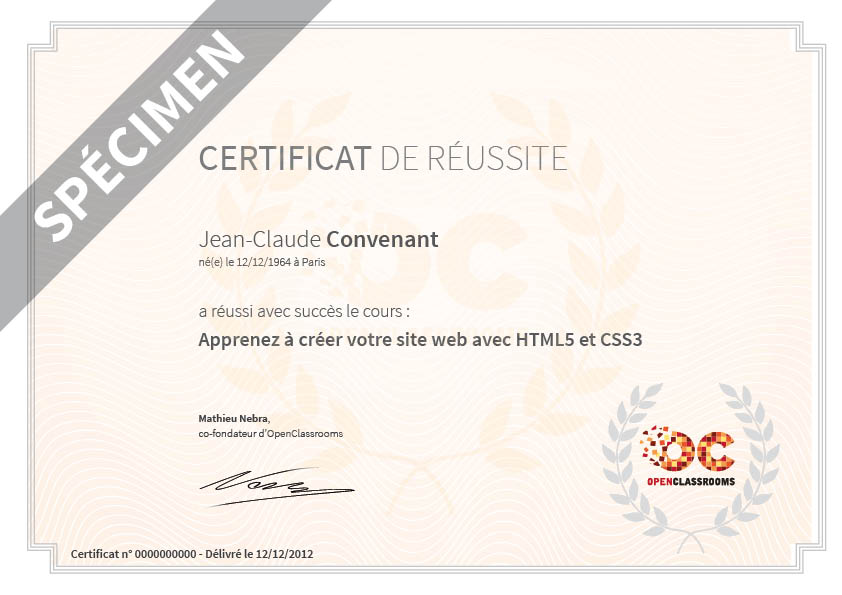Vous avez entendu parler du Material Design, mais vous n'êtes pas sur(e) de savoir de quoi il s'agit ?
Vous aimeriez être capables de mettre en pratique des principes de composition reconnus comme étant les meilleurs du moment en termes d'UI et d'UX ?
Ne bougez pas, vous êtes au bon endroit !
Dans ce cours, vous apprendrez comment le Material Design s'est imposé dans le monde du mobile, et pourquoi il est un véritable exhausteur d'expérience ;
vous découvrirez ensuite tous ses principes et comprendrez comment ils stimulent l'interaction ;
Enfin, nous verrons ensemble comment les mettre en pratique pour concevoir une Interface Utilisateur !
Si vous craigniez de pas être assez créatif pour suivre ce cours, détrompez-vous !
La composition graphique, ça s'apprend et il y a des règles à suivre pour concevoir un produit qui soit harmonieux, ergonomique, et agréable à utiliser.
Ce cours est fait pour nourrir votre inspiration, aiguiser votre regard et votre sens de la composition !
Alors, n'attendez plus, rejoignez-nous !
À la fin de ce cours, vous serez capables de :
Mobiliser une culture de base en design d'interface utilisateur
Maîtriser les principes fondateurs du Material Design
Concevoir la maquette d'une interface utilisateur en Material Design
Utiliser le framework Materialize CSS pour créer des pages web en Material Design
